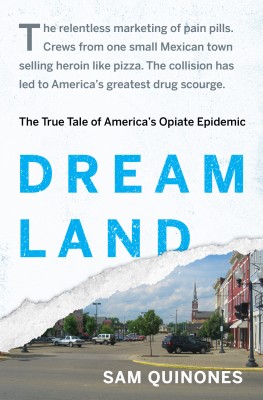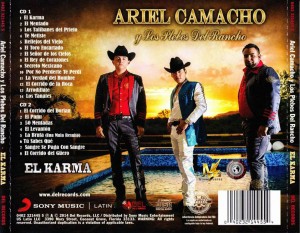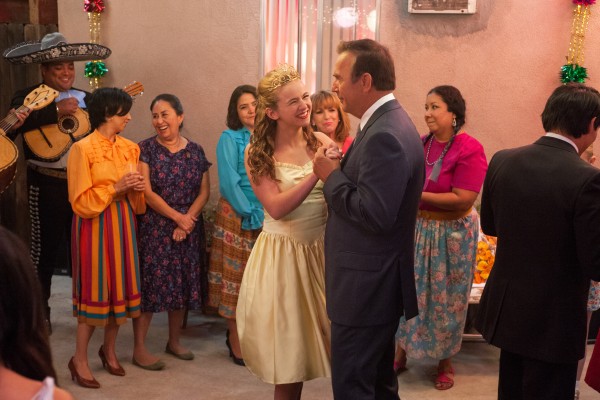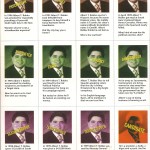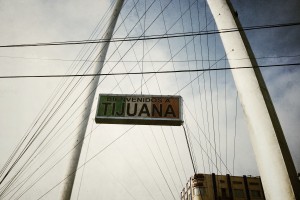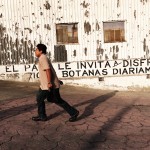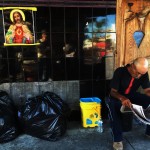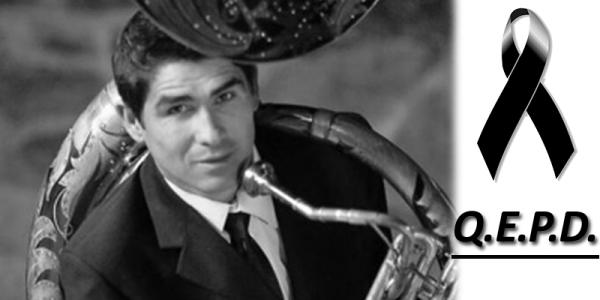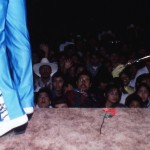The news today that Joaquin “El Chapo” Guzman escaped from Mexico’s maximum security prison either makes you 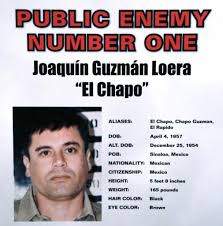 laugh or cry – both.
laugh or cry – both.
His capture in 2014 was greeted as a sign that the country had turned away from its history of shoddy, corrupt criminal justice, and toward something more modern. President Enrique Pena Nieto got his picture on the cover of Time Magazine.
So Guzman’s escape is all the more dismal. This was his second – the first coming in 2001 in a prison laundry basket.
This time, he used a tunnel that ran from an out building under construction a mile from the prison to exactly under his cell. Talk about precision! (Watch this video for more amazing detail of the tunnel. Begins about 1:30 into the presentation.)
All you can do is make jokes about it. With my long interest in the corrido, I offer this, the first (post-escape) Corrido to Chapo Guzman.
EL CORRIDO DEL CHAPO
Voy a cantarles un corrido
De un hombre muy chaparro
Pero con amigos altos y eternos
que prefieren el despilfarro.
___
Lo habian agarrado en Sinaloa
En el mes de Febrero.
Dijo, al ver su celda,
Este un solo un hotel de paso.
___
No querian extraditarlo
Segun por interes de nacion
Aunque dijeron voces
Que fue por otra razon.
___
Se sintieron muy complacidos.
Hasta los gringos en el norte
Se dijeron muy agradecidos.
___
Pero en una celda Altiplano
El hombre se comentaba
`Prefiero los mariscos de Sinaloa
Y las chicas bien estructuradas.’
___
A pesar de su estatura
Su celda no le cabia.
Necesito metralleta y mis mujeres
Asi que busco otra alternativa.
___
Les agradezco su hospitalidad
Pero ya tengo que volar
Por un tunel de mi amigos
Muy conveniente su ayudar.
___
Vuela, vuela Chaparrito
Al avion que va a esperar
Por un tunel iluminado
En el cual un hombre se puede parar.
___
Al entrar en el tunel
Que aparecio de milagro
Se topa con una motocicleta
Que alguien habia dejado.
___
O, que suerte, dice El Chapo
Voy hacia mi destino.
Dios y los angeles me cantan
Tambien los pajaros en los pinos.
___
Pronto el prende la moto
Y con pluma en la mano
Escribe a sus altos amigos
Mi libertad no sera en vano.
___
Deja atras un libro
De los mejores, segun opiniones,
Que habla de Malverde y Chalino
Escrito por Samuel Quinones.
___
Este Quinones si tiene talento,
En el libro de Malverde y Chalino
Inscribe El Chapo muy cuidadito,
Lee bien lo dice este gringo.
___
Dice el senor al salir
Busquemos otro panorama
Faltaba aire condicionado
Aunque si me gustaba banar.
___
Amigo de los amigos
Altos y guapos, al parecer.
El Chapo si salio fuera
No se sabe donde va a amanecer.
___
Vuela vuela chaparrito
Aunque por segunda vez
A ver si nos vemos mas tarde
Ahi donde comen el pez.
___
Aqui termino mi corrido
De la historia de un hombre
Y sus amigos importantes
Que por cortesia lo dejaron libre.



